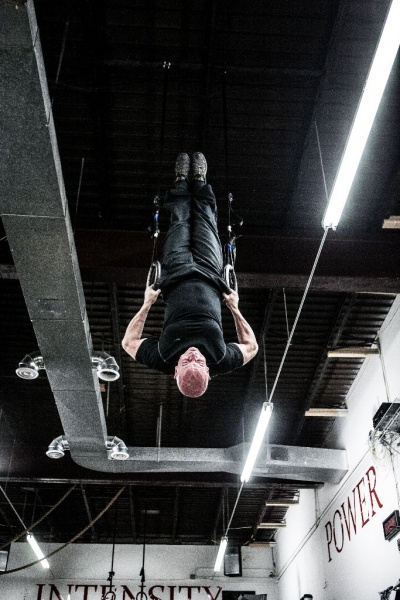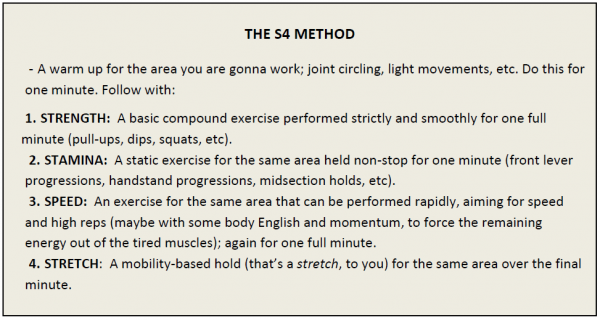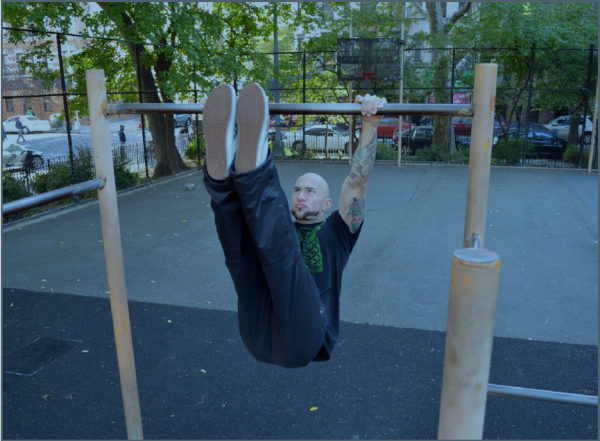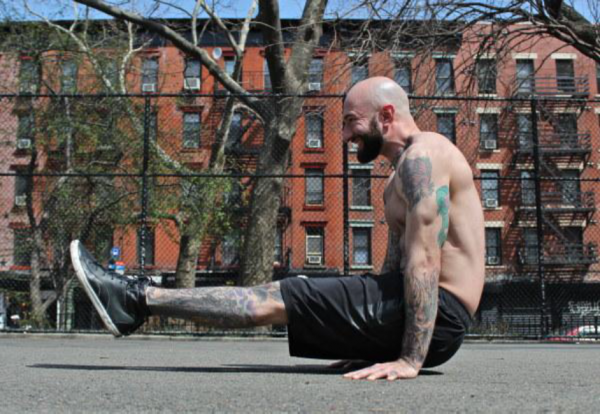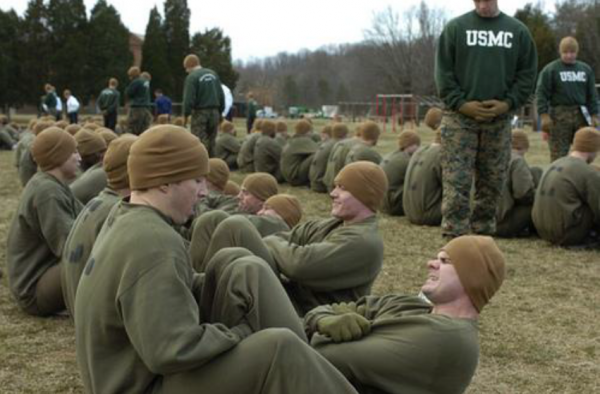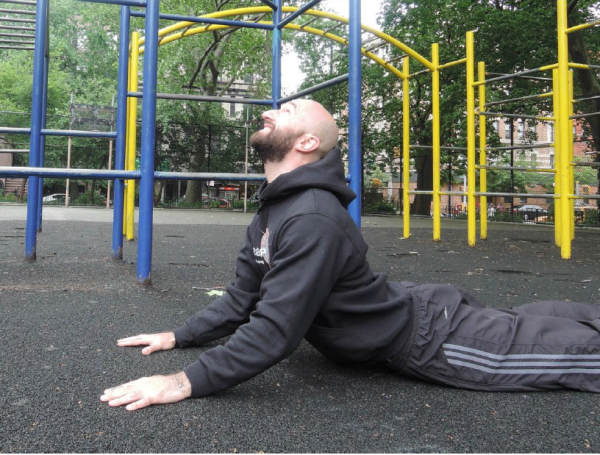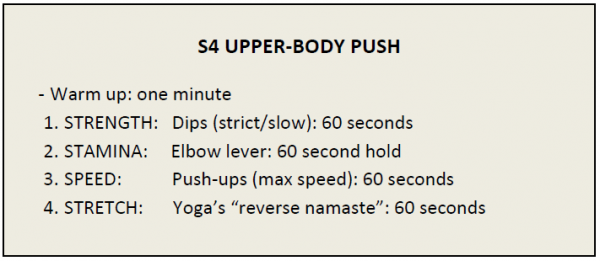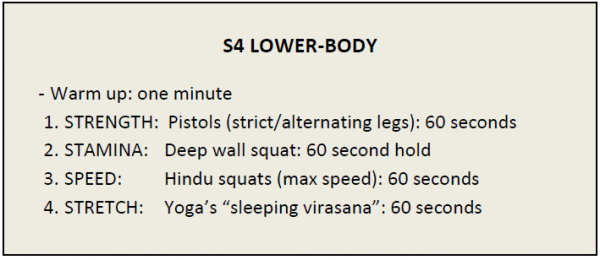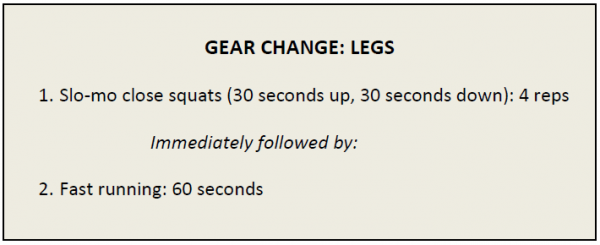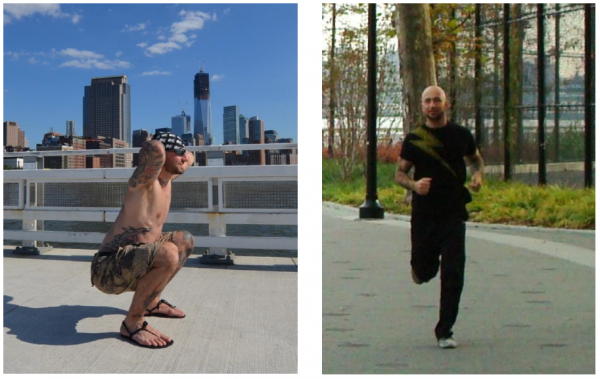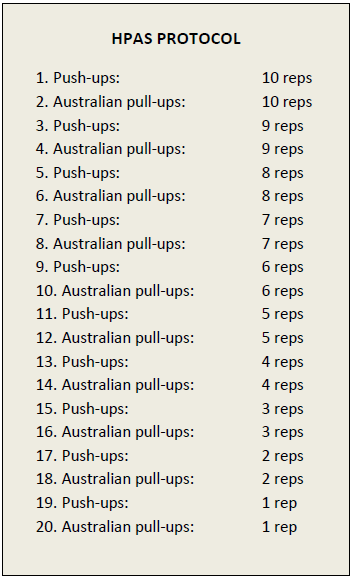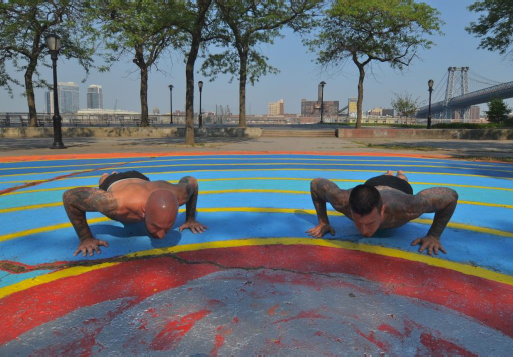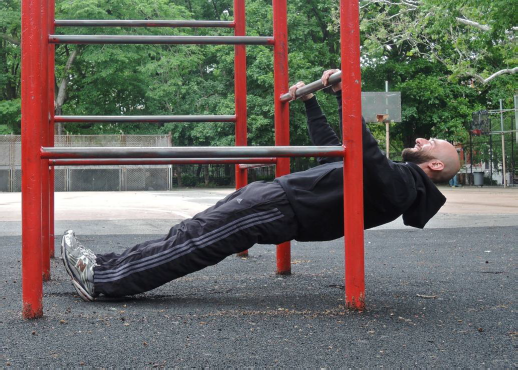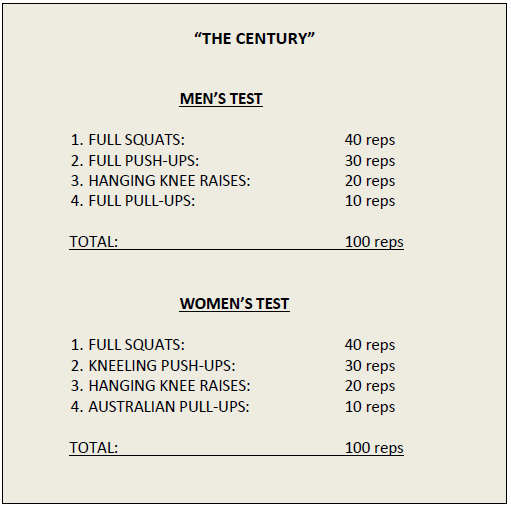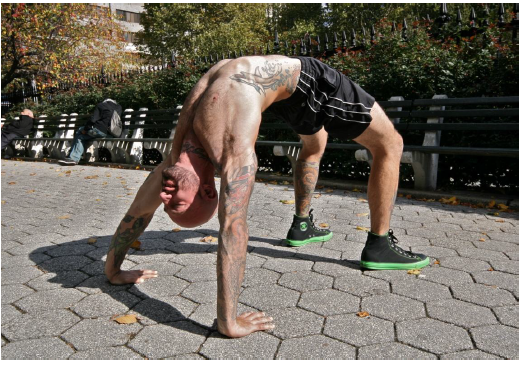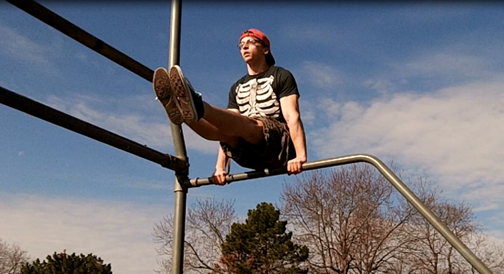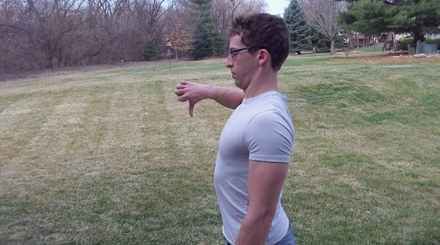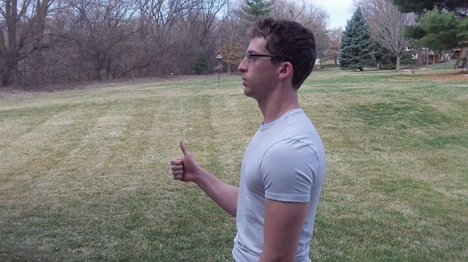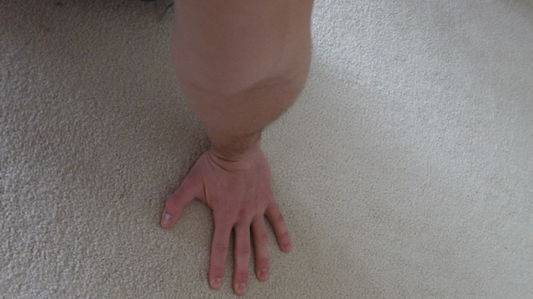Photo courtesy of Mike Gillette
Control… Tension… Control-able Tension… These are the success-essentials for bodyweight mastery. If you (or your clients) lack the ability to “tighten that which needs to be tightened,” then the structural integrity of your exercise-specific postures will be soft, saggy and sad. What you (or your clients) need is the ability to generate head-to-toe tension at will.
If you’ve been training for any length of time, particularly those of you who wield kettlebells, then you have already been teaching yourself how to generate tension. Bracing the body while under dynamic or asymmetric loads is a very effective self-teaching tool when the subject at hand is tension-generation.
But what about your clients? Particularly your new clients? Is there a way to expedite the development of intentional body control so they too can reap the benefits of bodyweight strength-development?
Absolutely.
The following Body-Control Drill sequence is perfect for beginners and simple to administer in a group exercise setting. Once all participants are in the starting position, you will provide a series of instructions. You will be leading your trainee(s) through a process of tightening and relaxing different parts of the body. In addition to the benefit of learning how to generate tension on demand, you are also teaching your clients to respond to your cues. This will make you more effective at teaching them advanced movements down the road. Here’s how you run the drill…
TO BEGIN: Have your trainee(s) stand in a neutral position with feet shoulder-width apart, hips over heels and head over hips. The arms should be resting comfortably at the sides. Shoulders are back and the head is level with eyes cast “on the horizon”.
Points-of-Performance:
- Do not exceed 5 seconds of tension at a time. Two contractions per isolated body part are sufficient.
- Trainees must be cued to “breathe through” the contractions. They are NOT to hold their breath.
- Coaches must be careful not to “burn out” clients in the performance of this drill. Done with intention, this drill can be grueling.
- As the coach you are in charge of quality-control. If there is a slacker in your group, then poke, prod or do whatever you need to in order to get them to tighten up to your satisfaction. In general you will be able to assess your athletes visually, but there will be times when you have to go “hands-on”. (Note: When I work with females, I make a fist and gently bump the area in question. This prevents the appearance of hand contact which looks or feels like I am squeezing/grabbing them. If it’s a male athlete I do the same thing, I just don’t bump as gently).
- This is just a drill. Use it where and when it makes sense, but stay focused on the bigger picture.
Step 1: “Grab the floor with your feet and hold” ….. “Now release”
Step 2: “Tighten your lower legs and hold” ….. “Now release”
Step 3: “Tighten your upper legs and hold” ….. “Now release”
Step 4: “Tighten up from your feet through your upper legs and hold” ….. “Now release”
Step 5: “Tighten your glutes and hold” ….. “Now release”
Step 6: “Tighten your midsection and hold” ….. “Now release”
Step 7: “Tighten up your glutes and midsection and hold” …. “Now release”
Step 8: “Tighten your shoulders and chest and hold” ….. “Now release”
Step 9: “Tighten your arms and hold” ….. “Now release”
Step 10: “From head to toe, tighten your entire body and hold”… “Now release”
That’s it. It’s an easy drill for you to administer and easy for your clients to understand. And using this drill as a basic framework, you can apply variations. Your clients could perform it seated, while holding a broomstick or a length of rope, they could even perform it supine at the end of a workout.
***
About Mike Gillette: Former SWAT Commander and Executive Bodyguard, Mike Gillette is a relentless student of the human factors which allow people to succeed despite overwhelming odds. His research and experiences have taken him through many different worlds and disciplines. They have ultimately produced a body of knowledge which has been put to use by clients ranging from high-risk professionals operating in extraordinary circumstances, to ordinary people who want to make extraordinary changes in their lives…
Find him on Facebook!
